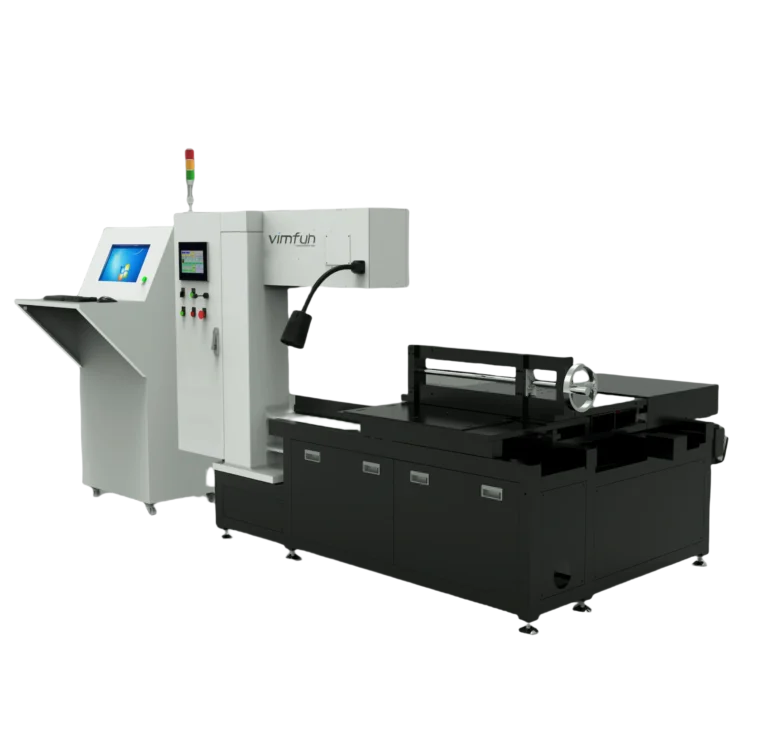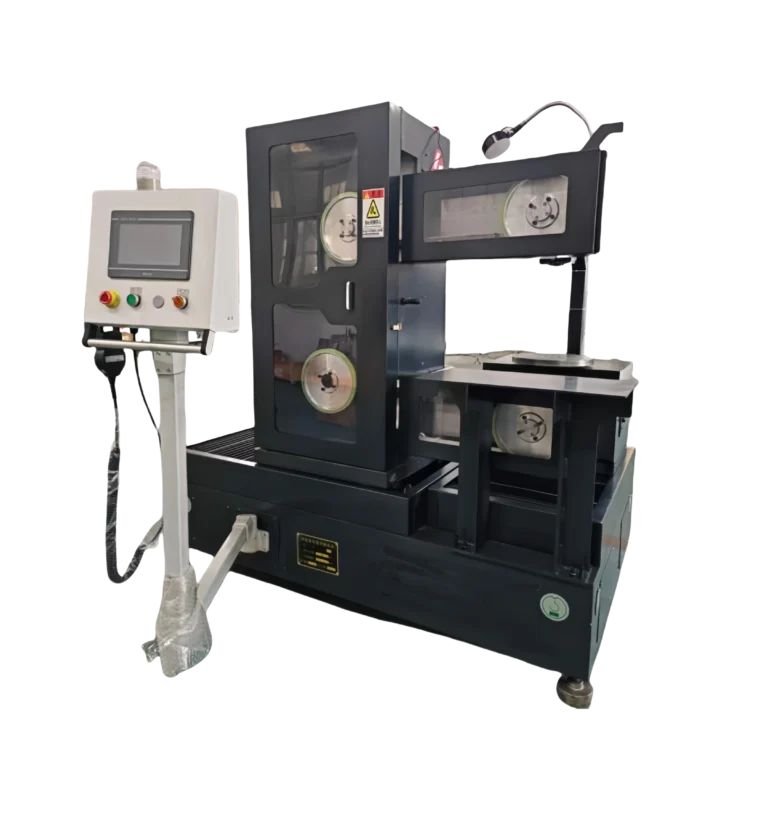Introduction
Les composites à base de fibres de carbone sont de plus en plus utilisés dans les secteurs de l'aérospatiale, de l'automobile et de la défense en raison de leur rapport poids/résistance exceptionnel et de leur résistance à la fatigue et à la corrosion. Toutefois, leur structure unique en couches et leurs fibres abrasives les rendent difficiles à découper proprement et avec précision à l'aide des méthodes conventionnelles. Pour relever ces défis, coupe au fil diamanté s'est imposée comme une solution de haute précision pour le traitement des matériaux composites à base de fibres de carbone. Cet article explore les avantages de cette technologie et la compare aux techniques de coupe traditionnelles.

Pourquoi la découpe traditionnelle a du mal avec les composites à base de fibres de carbone
Les méthodes conventionnelles telles que le sciage mécanique, le routage CNC et la découpe au jet d'eau abrasif entraînent souvent des problèmes indésirables tels que la délamination, l'arrachage de fibres, une largeur de trait de scie excessive et des dommages thermiques. Ces problèmes n'affectent pas seulement la qualité des composants, mais augmentent également le temps de post-traitement et le gaspillage de matériaux. La dureté et la structure anisotrope de la fibre de carbone exigent une approche de découpe qui minimise les contraintes mécaniques tout en maximisant la précision.
Avantages de la technologie de coupe au fil diamanté
La découpe au fil diamanté utilise une boucle continue de fil incorporée à des abrasifs diamantés pour découper des matériaux avec un contact physique et une chaleur minimaux. Voici les principaux avantages de l'usinage des composites à base de fibre de carbone :
- Faible force de coupe : La nature abrasive du fil diamanté minimise les contraintes mécaniques sur le composite, réduisant ainsi le risque de délamination ou de fissuration des fibres.
- Largeur de trottoir étroite : Avec des diamètres de fil aussi fins que 0,35 mm, le trait de coupe peut être contrôlé à environ 0,4 mm, ce qui réduit considérablement la perte de matière.
- Finition de la surface propre : Le fil diamanté produit des surfaces lisses et uniformes qui éliminent souvent la nécessité d'une finition secondaire.
- Haute précision: Permet d'obtenir des formes complexes et des sections fines, qui sont difficiles à réaliser avec les méthodes traditionnelles.
- Faible production de chaleur : Réduit le risque de distorsion thermique ou de dégradation de la résine.
Comparaison des performances avec les méthodes traditionnelles
Pour comprendre la valeur coupe au fil diamanté apporte, il est utile de la comparer aux techniques traditionnelles :
| Méthode de coupe | Largeur de coupe | Dommages de surface | Risque de décollement | Déchets de matériaux | Post-traitement |
|---|---|---|---|---|---|
| Sciage mécanique | ≥ 0,8 mm | Modéré | Haut | Haut | Souvent nécessaire |
| Jet d'eau abrasif | ~0,5 mm | Faible | Moyen | Moyen | Parfois |
| Coupe au fil diamanté | ~0,4 mm | Minime | Faible | Faible | Rarement nécessaire |
Comme nous l'avons montré, la découpe au fil diamanté offre des avantages évidents en termes de contrôle du trait de scie, de qualité de la surface et de préservation du matériau.
Applications industrielles
La coupe au câble diamanté est particulièrement bien adaptée :
- Composants aérospatiaux nécessitant une précision légère.
- Pièces détachées automobiles tels que les panneaux structurels et les éléments de renforcement.
- Matériel médical qui comprend des éléments en composite de carbone de forme personnalisée.
- Sports et biens de consommationy compris les bicyclettes et les accessoires à base de carbone.
Son évolutivité et ses performances constantes en font un choix fiable pour les environnements de R&D et de production de masse.
Conclusion
Pour les fabricants qui travaillent avec des composites à base de fibres de carbone, la découpe au fil diamanté représente une approche transformatrice permettant d'obtenir des résultats plus nets, plus précis et plus efficaces. Contrairement aux méthodes traditionnelles qui compromettent souvent l'intégrité des matériaux et augmentent les coûts de production, la découpe au fil diamanté permet aux fabricants de respecter des normes de haute performance avec un minimum de déchets.






